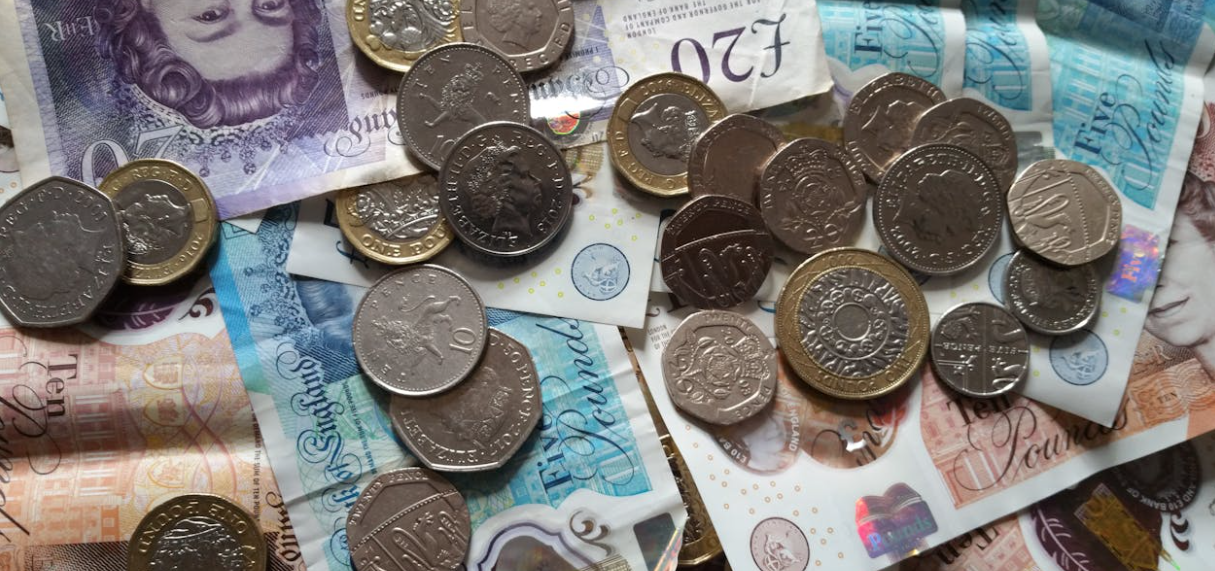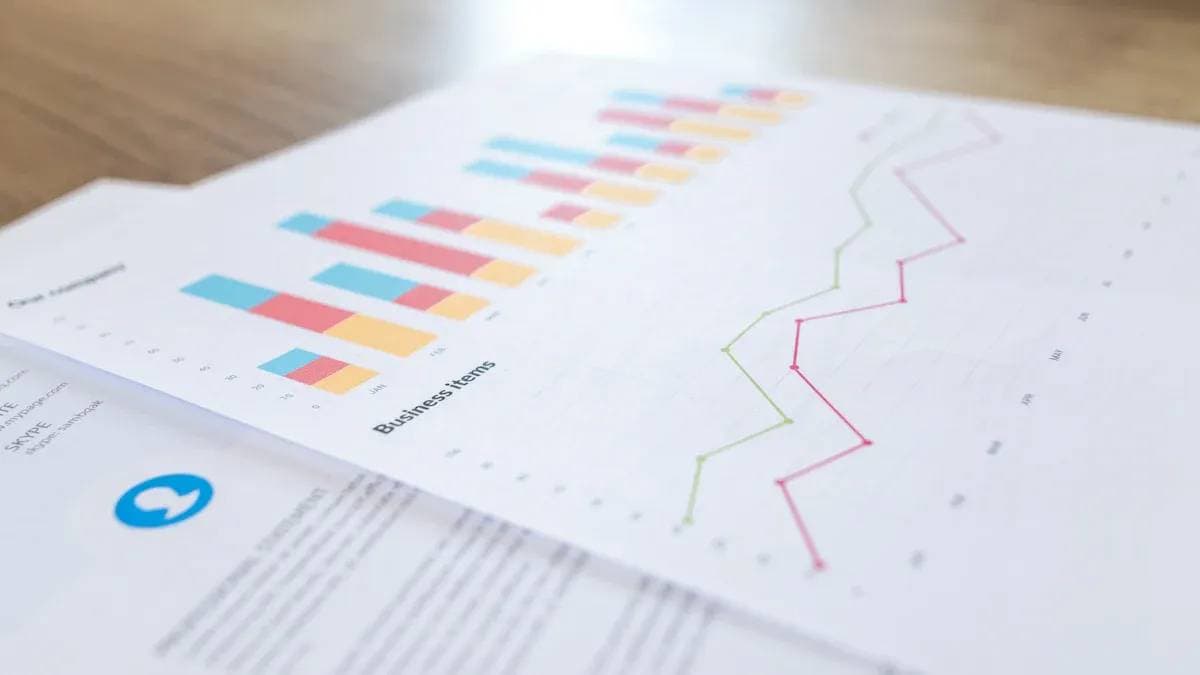- EasyCard
- Trade
- Help
- Announcement
- Academy
- SWIFT Code
- Iban Number
- Referral
- Customer Service
- Blog
- Creator
How to Transfer Money to Gcash? A Guide to Secure and Fast Cross-Border Remittances
With the popularity of digital payments, how to transfer money to Gcash has become a topic of concern for many US users. Whether it’s remitting money to family members or conducting cross-border transactions, Gcash provides a fast, secure, and convenient way to transfer funds.
This article will deeply analyze Gcash’s transfer methods, fees and exchange rates, security, possible risks, and how to choose the best remittance service to ensure that your funds arrive safely and quickly. If you are looking for a reliable remittance solution to the Philippines, this article will help you make the best decision.

Do You Need an Account to Transfer Money to Gcash?
Whether you need a Gcash account depends on the chosen transfer method. If you directly remit money to a Gcash account through a bank, telegraphic transfer, or a third-party remittance service (such as Western Union, Remitly, Wise), the payee needs a Gcash account, while the sender doesn’t necessarily have to. However, if you want to use the Gcash app to track and manage the transfer, then you need to register for a Gcash account and complete the identity verification.
The cross-border transfers provided by Gcash are usually faster and more secure than ACH (Automated Clearing House) payments. Under normal circumstances, Gcash transactions can be completed within a few minutes to several hours, which is more efficient than traditional bank transfers. This makes Gcash a popular choice for US users to remit money to the Philippines.
What are the Fees and Exchange Rate Impacts When Transferring Money to Gcash?
Gcash itself does not charge transfer fees, but it may involve foreign exchange conversion fees. When US dollars are converted into Philippine pesos (PHP), the exchange rate will affect the amount received. It is recommended to check the current exchange rate before the transfer to ensure getting the best exchange rate.
Different remittance methods may have different fee structures:
- Bank Transfer: Some banks may charge international remittance fees, usually between $10 and $30.
- Third-Party Remittance Services (such as PayPal, Remitly, Wise): Usually charge 1% to 3% of the remittance amount as handling fees. Some platforms may offer low rates or limited-time zero-handling-fee promotions.
- Credit Card or Debit Card Payments: If you use a credit card to remit money, it may incur a cash advance fee and a foreign transaction fee. It is recommended to use a debit card preferentially.
To ensure the security of funds and the optimal cost, it is recommended to compare the exchange rates and handling fees among different remittance platforms and choose the safest and most cost-effective way to transfer funds.
How to Transfer Money to Gcash Using a Debit Card or Credit Card?
US users can use a debit card or credit card (such as Visa, Mastercard) to remit money to a Gcash account. This method is usually suitable for small emergency remittances because of its fast arrival and simple operation, but it may incur certain fees.
You can remit money to a Gcash account using a credit card or debit card in the following way:
- Enter the payee’s Gcash account information through a Gcash-approved remittance platform (such as Western Union, Xoom, PayPal).
- Select the payment method, usually supporting Visa or Mastercard.
- Confirm the remittance amount and fees, and ensure that the selected platform offers a reasonable exchange rate.
- Complete the payment, and the funds will arrive in the payee’s Gcash account in a short time.
Since credit card transactions may involve additional handling fees, if there is no urgent need, using a debit card or bank account to pay may be a more economical choice.
How Secure are Gcash Transfers?
Gcash uses advanced encryption technology to ensure that all funds are transferred through a secure channel and is equipped with two-factor authentication (2FA), which greatly reduces the risk of fraud.
In addition, Gcash transactions are regulated by the Bangko Sentral ng Pilipinas. When users use Gcash to transfer funds, they can enjoy the following security guarantees:
- Fund Encryption: All transaction information is encrypted to ensure the security of user data.
- Real-time Transaction Tracking: Users can check the transfer status at any time through the Gcash App or the bank platform.
- Customer Support: Gcash provides 24/7 customer support to help users solve transaction problems.
Although Gcash is a highly secure remittance method, users still need to stay vigilant and avoid possible fraud risks.
How to Reduce the Risks of Gcash Remittances?
When using Gcash to remit money, you still need to pay attention to potential risks, such as fraud, exchange rate fluctuations, etc. Here are some suggestions to reduce the risks:
- Ensure to use an officially approved remittance platform: Avoid trading through social media or unknown websites to prevent being scammed.
- Regularly check the exchange rate: If a large remittance is required, you can wait for a more favorable exchange rate before making the transaction to reduce exchange losses.
- Be vigilant against fraud: If someone asks you to pay a fee first before transferring money, or provides unverifiable bank information, be especially careful.
- Enable account security measures: Ensure that the Gcash account uses a strong password and turn on two-factor authentication to avoid unauthorized transactions.
As long as you choose a formal and secure remittance channel, Gcash remittance is still a convenient and reliable cross-border payment method.
Conclusion: Is Gcash Suitable for Remitting Money from the United States?
Overall, Gcash is a fast, secure, and transparent-fee cross-border remittance option, especially suitable for individual and corporate users remitting money from the United States to the Philippines. Whether it’s a direct bank transfer, using a debit/credit card payment, or through a third-party platform, Gcash can provide flexible ways to transfer funds.
For users who hope to further reduce remittance costs and improve the speed of fund arrival, there are also some local remittance services in the market that have no limit on the amount and cover most regions around the world. For example, BiyaPay uses a local remittance method, avoiding the high handling fees of SWIFT transactions and providing a faster fund arrival speed. If you need a secure and efficient cross-border payment solution, BiyaPay may be a choice worth considering.
*This article is provided for general information purposes and does not constitute legal, tax or other professional advice from BiyaPay or its subsidiaries and its affiliates, and it is not intended as a substitute for obtaining advice from a financial advisor or any other professional.
We make no representations, warranties or warranties, express or implied, as to the accuracy, completeness or timeliness of the contents of this publication.




Contact Us
Company and Team
BiyaPay Products
Customer Services
is a broker-dealer registered with the U.S. Securities and Exchange Commission (SEC) (No.: 802-127417), member of the Financial Industry Regulatory Authority (FINRA) (CRD: 325027), member of the Securities Investor Protection Corporation (SIPC), and regulated by FINRA and SEC.
registered with the US Financial Crimes Enforcement Network (FinCEN), as a Money Services Business (MSB), registration number: 31000218637349, and regulated by FinCEN.
registered as Financial Service Provider (FSP number: FSP1007221) in New Zealand, and is a member of the Financial Dispute Resolution Scheme, a New Zealand independent dispute resolution service provider.




















